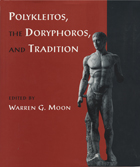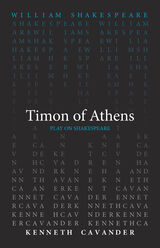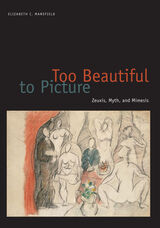
Polykleitos of Argos is one of the most celebrated sculptors of classical Greece. This richly illustrated volume of superb essays by art historians, classical scholars, and archaeologists discusses Polykleitos’ life and influence, his intellectual and cultural milieu, and his best-known work—the bronze Doryphoros, or “Spear-Bearer.”
Polykleitos, the Doryphoros, and Tradition displays an impressive range of approaches–from commentary on the artistic and philosophical antecedents that influenced Polykleitos’ own aesthetic to the role of contemporary Greek anatomical knowledge in his representation of the human form. The essays offer extended analysis of his work as well as reflections of his style in sculpture, paintings, coins, and other art in Greece, Italy, and Asia Minor. This volume also contains a thorough discussion of Polykleitos’ original bronze Doryphoros, its pose, its relation to other spear-bearer sculptures, and the fine Roman marble copy of it now at the Minneapolis Institute of Arts.

Never performed in Shakespeare’s lifetime, Timon of Athens presents an intriguing puzzle for contemporary audiences. The disjointed plot and many gaps in the story have led scholars to believe it was a collaboration between Shakespeare and Thomas Middleton, a younger writer known for his satires, and productions for decades have faced choices about the most effective way to present the play. In this translation, Cavander acts as a third playwright in this collaborative process. Wrangling the voices of Shakespeare and Middleton on the page, Cavander unveils poetic lines and phrases that have sat stubbornly in the cobwebs, cutting these voices through the time barrier and into the world as we know it.
This translation was written as part of the Oregon Shakespeare Festival’s Play On! project, which commissioned new translations of thirty-nine Shakespeare plays. These translations present the work of "The Bard" in language accessible to modern audiences while never losing the beauty of Shakespeare’s verse. These volumes make these works available for the first time in print—a new First Folio for a new era.

READERS
Browse our collection.
PUBLISHERS
See BiblioVault's publisher services.
STUDENT SERVICES
Files for college accessibility offices.
UChicago Accessibility Resources
home | accessibility | search | about | contact us
BiblioVault ® 2001 - 2024
The University of Chicago Press









